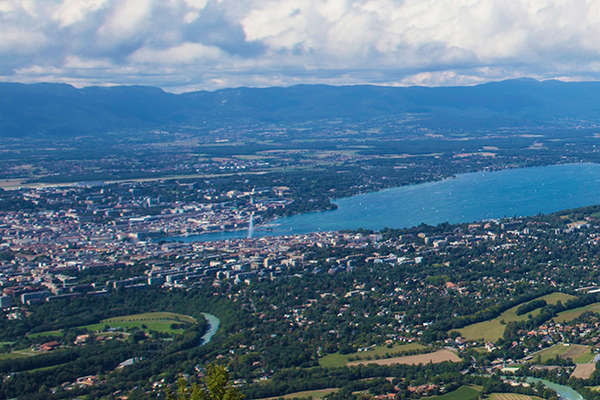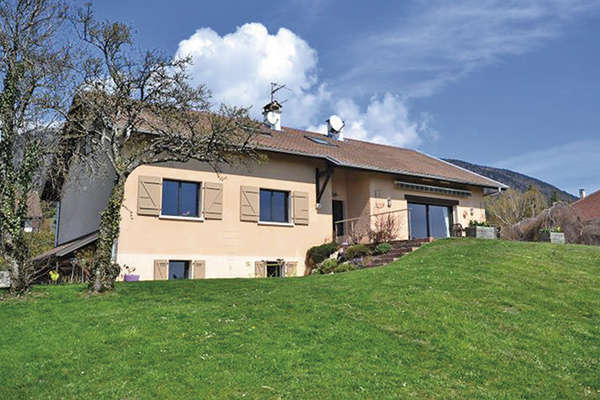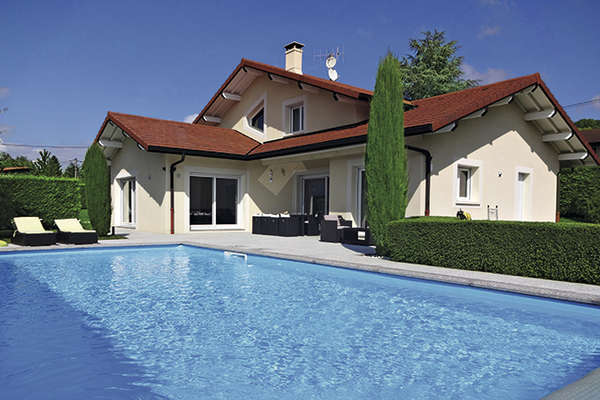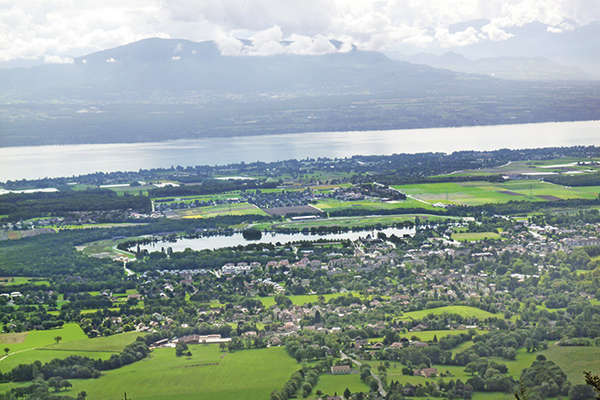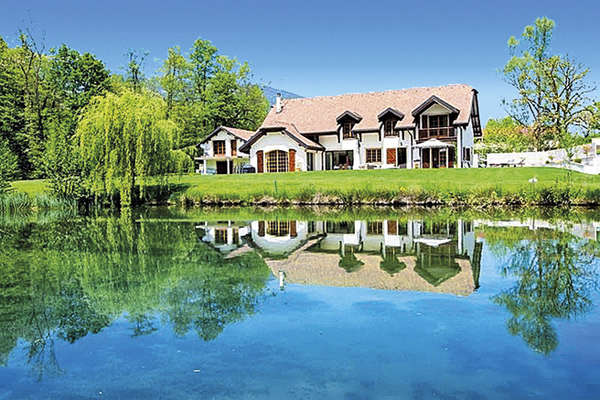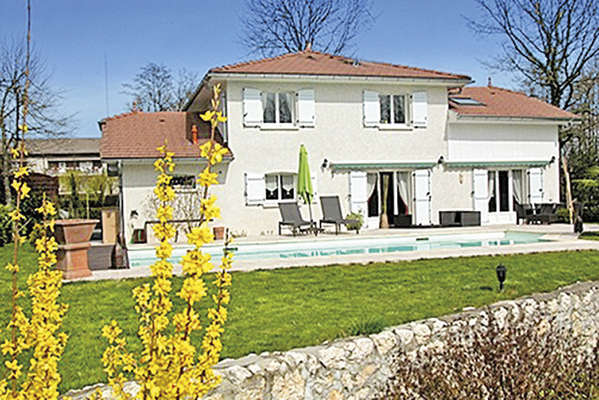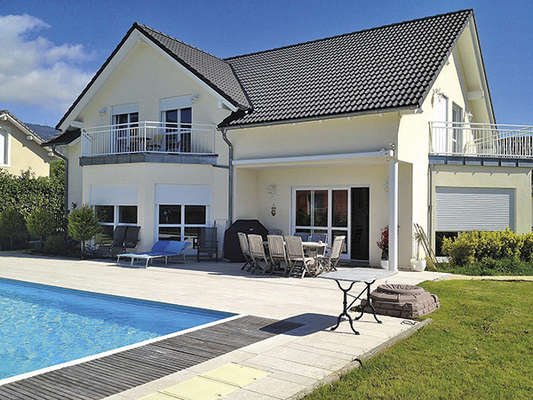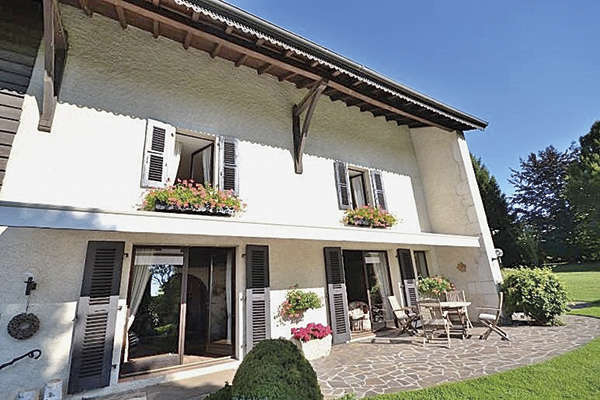Orange, chalking up constant progress
By Laetitia Rossi - 16 September 2011
Situated in the north-western part of the Vaucluse, this “City of Princes” with 30,000 inhabitants is the second largest town in the “département” after Avignon. Benefitting from access from the Rhône, it is a pool of employment at the junction of the A7 and A9 motorways, offering two daily services on the TGV railway line.
The centre of Orange is lively with lots of shops and a market every Thursday offering some 200 stalls set up in several streets. The activity zones of Les Pradines, La Violette, Les Crémades and Le Coudoulet are laid out in a north-south direction. In May 2010, a commercial park of 30,000 m2 was inaugurated, mainly focusing on sustainable development, with no less than 21,000 m2 of photovoltaic panels. The region also benefits from its wine industry. A secondary school, research centre, a nursery specializing in vines, vineyards, packaging and trading companies are also dotted around the countryside. Wines which do not bear the AOC label certifying them as “Côtes-du-Rhône” or “Châteauneuf-du-Pape” are likely to bear that of the “Vins de Pays de la Principauté d’Orange”. The commune’s military past stretches back to the year 35 B.C., and some units are still based on its territory. Starting with the “gendarmerie”, “gendarmerie mobile”, the Foreign Legion and French Air Force. Unesco has quite naturally included the town’s “Théâtre Antique” and “Arc de Triomphe” on its list of World Heritage Sites. Urban development plans include the creation of a mixed activity zone of over 75 acres, Les Costières, and deviation of the RN7 to boost business activities in the area concerned. Every summer, Orange’s music festival, “Les Chorégies”, is in full swing.
“This is a young, practical and go-ahead town at the intersection of main roads leading to Spain and Italy. An asset of real interest to companies, more and more inclined to open branches here. Orange is chalking up constant progress : the reorganization and revitalization of the city centre is paying off,” observes Benoit Castanet of Abord Castanet Immobilier. He points to the frequent moves on the part of people employed in Avignon or its surrounding area, drawn by both a quality life-style and attractive prices only a 7- to 9-minute drive from their work-places. Recently, a Provençal “pavillon” of 130 m2 with a garden of 800 m2 and a pool found a taker at 280,000 €. Those looking for a property in the country need budgets ranging from 400,000 to 500,000 €. Apartments start at 2,000 €/m2. Delivered in 2010, the ultra-central development “Les Jardins de Sully” - about 50 luxurious air-conditioned apartments with generous terraces often boasting jacuzzis, opening out to a 2.5-acre park - is pegged at 3,000 €/m2. In the same category, the agency proposes a penthouse of 126 m2 with a terrace of 90 m2 and a garage of 50 m2, in a gated residence facing “le théâtre”, for 445,000 €. While files containing properties to rent are verging on real penury, the array of properties for sale is both wide and varied.
Based in Camaret-sur-Aigues, a small town with 4,370 residents 6.5 km from Orange, Jocelyn Tardy of the Allo Immo agency notes strong demand for rural areas in the immediate vicinity of the employment pool. 70 % of the clients are first-time buyers and young families, often employed by the army and attracted by the dense fabric of associations and shopping facilities, as well as an environment which is ideal for children. They set their sights on detached villas of 80-120 m2 in gardens of about 600 m2, at prices ranging from 200,000 to 260,000 €. Other purchasers, admittedly fewer in number, nurture the dream of a “mas” in Provence. There are still a few such authentic homes waiting to be revamped, from 200,000 €. On the other hand, an old building of 200-300 m2 in perfect condition, in grounds of at least 1,000 m2, implies a budget of 500,000 to 600,000 €. This market appears to be just as promising as that comprised of basic houses, even if buyers are thinner on the ground. Local notables share this type of property with buyers from the Parisian region or northern France, fond of old stone and drawn by the countryside around Orange. Only an hour’s drive from the sea and mountains, the address benefits from the appeal of the “Route des Vins”, the proximity of Mont Ventoux and Les Dentelles de Montmirail.
